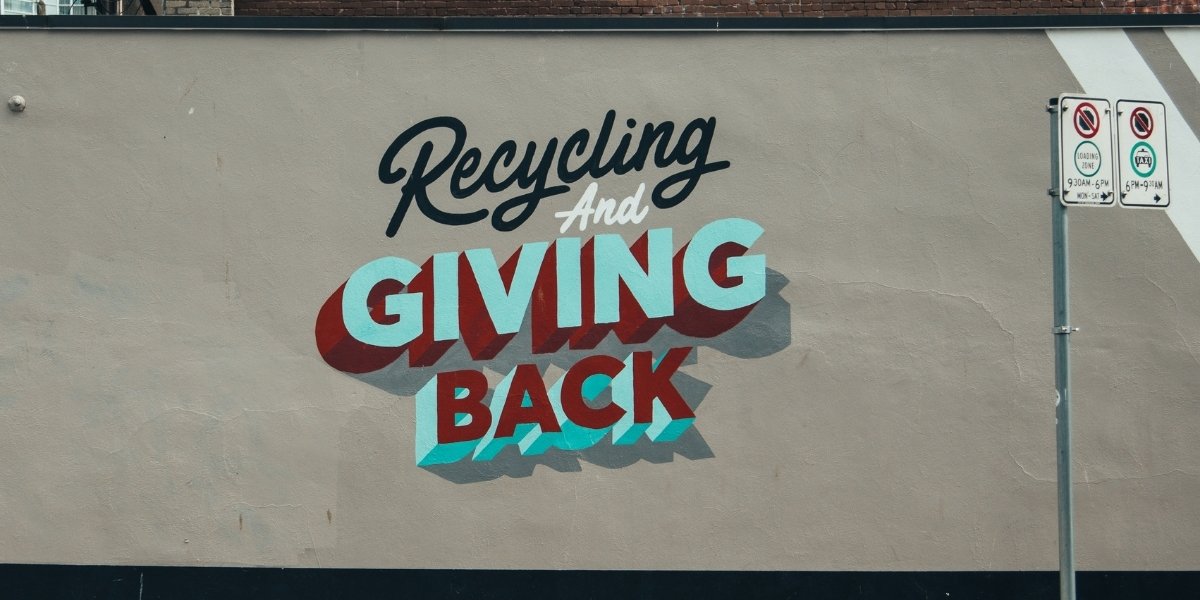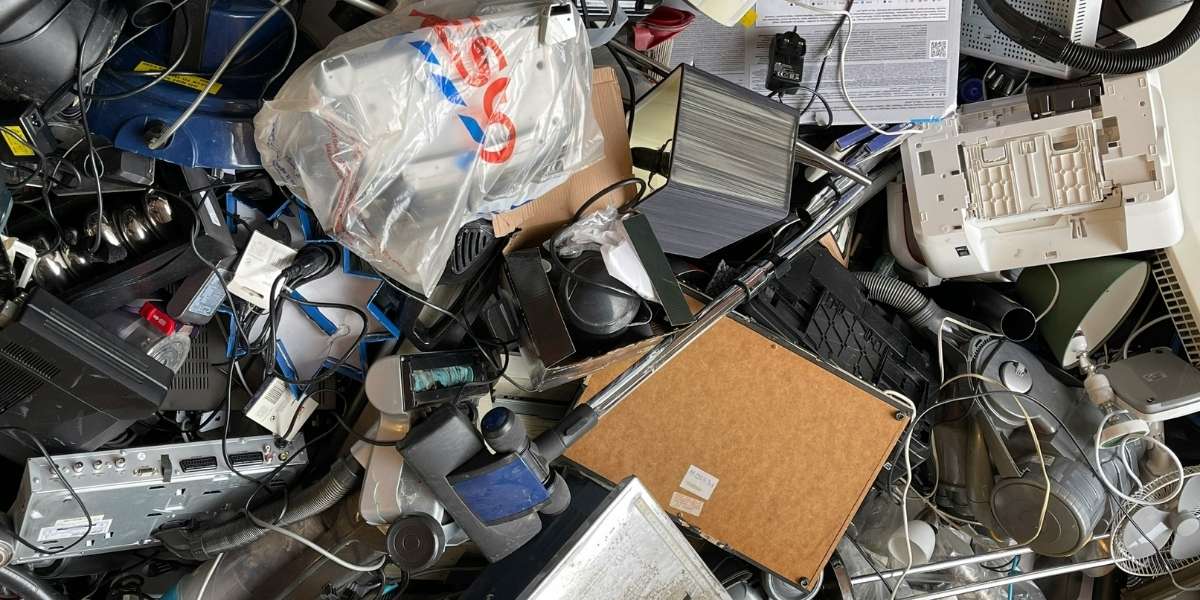In an era where environmental consciousness is increasingly paramount, sustainable living has emerged as a guiding principle for many individuals and industries. A key component of this lifestyle involves a conscious shift towards consuming products that minimize environmental impact throughout their lifecycle. Among the most impactful choices are products made from recycled content, which represent a tangible step towards a circular economy. These items are crafted, in part or entirely, from materials that have been diverted from landfills and given a new purpose, thereby reducing the demand for virgin resources and mitigating pollution.
Read Also: Breathe Easy at Home: Simple & Sustainable Hacks for a Year-Round Fresh-Smelling Space
The embrace of recycled content in manufacturing signifies a move away from the traditional linear model of “take, make, dispose” towards a more regenerative system. By transforming waste into valuable resources, the environmental footprint associated with production, resource extraction, and waste disposal is significantly reduced. This approach not only conserves natural resources but also lessens energy consumption and minimizes greenhouse gas emissions, contributing to a healthier planet for current and future generations.
How Does Using Recycled Content Benefit the Environment?
The environmental advantages of opting for products made from recycled content are multifaceted and substantial. Foremost, it directly reduces the need for extracting new raw materials. Manufacturing new aluminum from recycled sources, for instance, requires significantly less energy—up to 95% less—compared to producing it from virgin ore. Similarly, recycling paper helps preserve forests, which are vital carbon sinks, and manufacturing with recycled plastics can drastically cut down on the energy required for production. This reduction in energy consumption directly translates to lower greenhouse gas emissions, a critical factor in combating climate change.

Photo Credit: Unsplash.com
Utilizing recycled content diverts waste from landfills and incinerators. Landfills are a significant source of methane, a potent greenhouse gas, and incinerators release pollutants into the atmosphere. By recycling, materials are repurposed, lessening the burden on waste management systems and preventing environmental contamination. This includes reducing plastic pollution in oceans and waterways, where it poses a severe threat to marine life. In essence, choosing products with recycled content contributes to a healthier ecosystem by conserving resources, saving energy, and minimizing pollution.
What Types of Products Incorporate Recycled Materials?
The diversity of products made from recycled content has expanded dramatically, moving beyond the familiar paper and glass into almost every sector of consumer goods and industrial applications. In the realm of everyday items, one can find notebooks and tissue paper made from recycled pulp. Packaging, including cardboard boxes and food containers, frequently incorporates recycled fibers.
Beyond paper, plastics are now transformed into an impressive array of new items. Apparel and activewear can be spun from recycled plastic bottles, while old fishing nets find new life as carpet tiles or even parts of eyewear. Building materials increasingly feature recycled content, with plastic waste being incorporated into durable decking, roofing tiles, and even bricks. Furniture, too, is seeing innovation with designs incorporating recycled plastics or reclaimed wood. From bike tires made of recycled rubber to yoga mats, and even personal care items like toothbrushes made from recycled plastic, the market offers numerous choices for consumers seeking to integrate sustainable living into their daily lives through their purchasing decisions.
What Are the Challenges in Producing Recycled Content Goods?
While the benefits of products made from recycled content are clear, the production process faces several inherent challenges. One major hurdle is the quality and consistency of recycled materials. Contamination, where non-recyclable items or substances are mixed with recyclables, can compromise the purity of the material, making it difficult or impossible to use in new products without extensive processing. Different types of plastics, for example, often cannot be recycled together, and improper sorting at the consumer level exacerbates this issue.
Another challenge lies in the economic viability and infrastructure for recycling. Fluctuations in market demand for recycled materials can make recycling operations financially unstable, impacting investment in necessary collection and processing facilities. Complex product designs, which combine multiple materials that are difficult to separate, also pose a significant obstacle to efficient recycling. Additionally, some materials degrade in quality each time they are recycled (downcycling), limiting the number of times they can be reused for high-value applications. Addressing these challenges requires continuous innovation in sorting technologies, material science, and broader systemic support for circular economy initiatives.
What Innovations Are Driving the Future of Recycled Content?

Photo Credit: Unsplash.com
The field of recycled content manufacturing is characterized by exciting innovations that are overcoming traditional limitations and expanding possibilities for sustainable living. Advancements in sorting technologies, including the use of Artificial Intelligence (AI) and robotics, are dramatically improving the efficiency and purity of sorted materials at recycling facilities. These smart systems can identify and separate different types of plastics, metals, and other recyclables with greater precision than ever before.
Beyond mechanical recycling, chemical recycling technologies are gaining traction. These processes break down plastics to their molecular components, allowing for the production of virgin-quality raw materials from waste, thus creating a truly closed-loop system for plastics. Bio-recycling, using enzymes and microbes to break down complex materials, offers another promising avenue. Furthermore, design for recyclability is becoming a key principle, where products are intentionally designed from the outset to be easily recycled at the end of their life, often using mono-materials or easily separable components. These innovations are critical for increasing the volume and quality of recycled content available, driving the circular economy forward.
Why Is Choosing Recycled Content a Cornerstone of Sustainable Living?
Choosing products made from recycled content is a fundamental act of sustainable living because it embodies the principles of resource conservation and waste reduction. Every purchase of an item made from recycled materials sends a signal to manufacturers, reinforcing the demand for sustainable production practices and encouraging further investment in recycling infrastructure and innovation. It empowers consumers to be active participants in environmental stewardship, moving beyond merely recycling their waste to actively supporting a regenerative economic model.
Read Also: Green Design: Shaping Sustainable Modern Wonders
This conscious consumerism contributes to a reduced environmental footprint, helping to mitigate climate change, conserve finite natural resources, and lessen pollution in our ecosystems. It fosters a societal shift towards valuing materials not as disposable items but as continuous resources. By understanding the journey of recycled content from waste to new products, individuals can make informed choices that collectively contribute to a more resilient, resource-efficient, and environmentally harmonious future for the planet.








